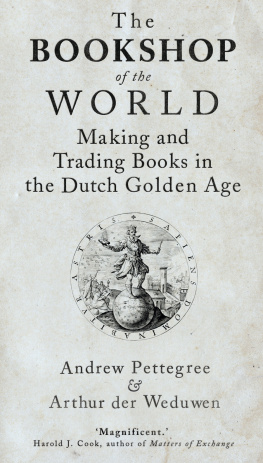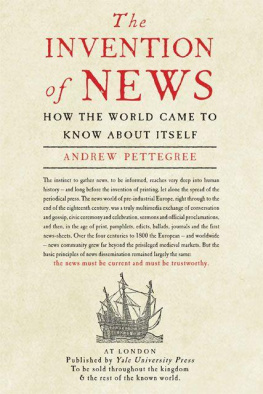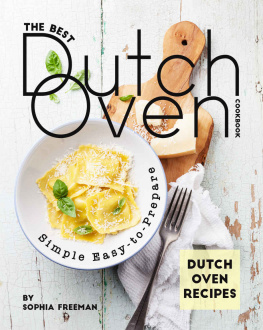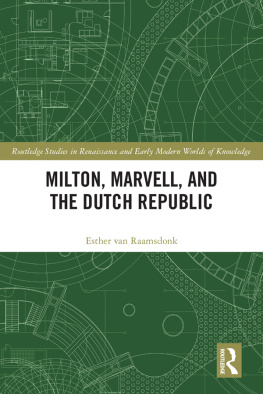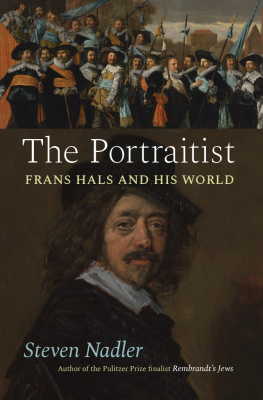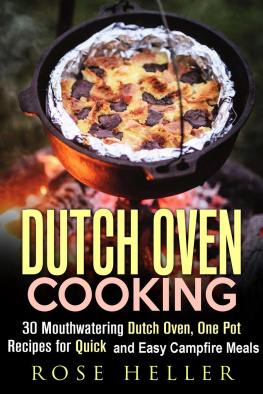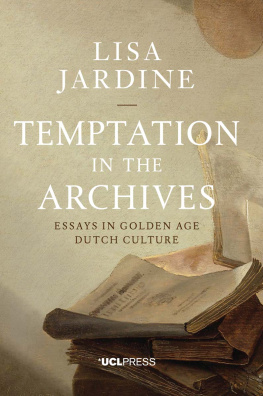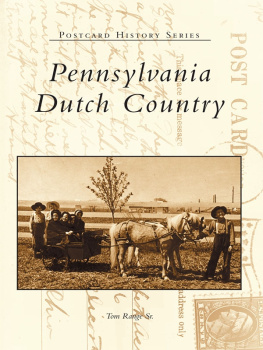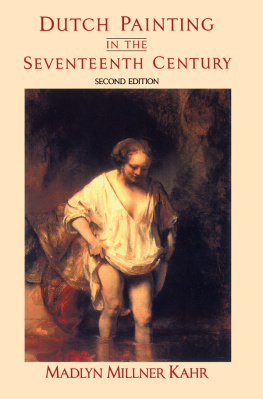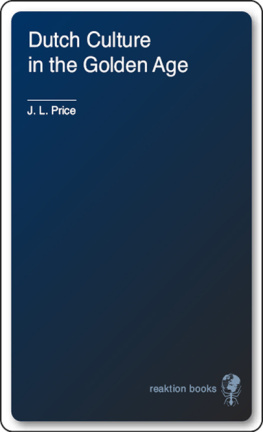THE BOOKSHOP OF THE WORLD

Copyright 2019 Andrew Pettegree and Arthur der Weduwen
All rights reserved. This book may not be reproduced in whole or in part, in any form (beyond that copying permitted by Sections 107 and 108 of the U.S. Copyright Law and except by reviewers for the public press) without written permission from the publishers.
For information about this and other Yale University Press publications, please contact:
U.S. Office:
Europe Office:
Set in Minion Pro by IDSUK (DataConnection) Ltd
Printed in Great Britain by Gomer Press Ltd, Llandysul, Ceredigion, Wales
Library of Congress Control Number: 2018962175
ISBN 978-0-300-23007-9
A catalogue record for this book is available from the British Library.
10 9 8 7 6 5 4 3 2 1
Contents
PRELUDE

Making Room for Books
W HEN IN 1656 R EMBRANDT was forced to declare bankruptcy, a full inventory was made of all of his remaining possessions. Among the paintings, furniture and household goods at the house on the Breestraat, were only twenty-two books. By this time Rembrandt, one of the greatest artists of the age, had fallen a long way. An earlier sale had cleared out most of his art; what remained was the sad residue of a rampageous and self-indulgent celebrity lifestyle. The fact that Rembrandt possessed only twenty-two books, in Amsterdam of all places, was a fitting mark of his near destitution. For by this point the Dutch Republic was a land teeming with books. Its publishers produced some of the most fabulous books of the age. More of its citizens read and owned books than anywhere else in Europe.
In the seventeenth century, the Dutch published more books, per capita, than any other book-producing nation. True to form, they invented some of the most advanced techniques of the era for selling and marketing print. This was a land where books and reading were integral to the way society functioned, and how people thought of themselves. So it is all the more surprising that books have somehow been written out of the narrative of the Dutch Golden Age. Dazzled by the great Dutch painters, Rembrandt and Frans Hals, the elegant poise of Vermeer and Pieter de Hooch, the grandeur of the landscapes of Jan van Goyen and Jacob van Ruisdael, we seem to have overlooked the quiet revolution going on in the bourgeois home. This was the way in which books were moulding and reshaping Dutch society. It is said that Dutch homes found space for 3 million pictures on their walls. Maybe, but they produced many more books, perhaps as many as 300 million. They traded at least 4 million books at auction.
The products of the Dutch book industry also constituted one of the Republics major exports, which could scarcely be said of its paintings. We admire Dutch painting much more than did seventeenth-century Europes leading connoisseurs.included Rembrandt), no Dutch painter came close to attracting the international fame of the great artists of the Catholic Southern Netherlands, Rubens and Van Dyck, whose work inspired an almost frantic passion among the international collecting elite. The appeal of many of the Dutch paintings that now adorn the worlds art galleries, depicting the jolly village inn or the luscious still life, was essentially parochial.
A key aspect of this buoyant domestic market was the place where art and books overlapped: the sale of engravings or woodcuts on paper. This was where pictures could most effectively be combined with text. Such illustrated sheets reached a wide public, who in times of triumph or national crisis would gladly expend some of their hard-earned cash on prints celebrating the victories of the Republics navy or excoriating its enemies. So pervasive was this market that a typical Dutch home was far more likely to decorate its walls with a map or engraving of a recent battle scene than a still life or landscape as, indeed, a careful study of the many Dutch paintings of Dutch interiors will reveal. These news prints were a habitual presence on the shelves or tables of the nations many bookshops: a further profitable aspect of a diverse and well-rounded trade.
So how do we make room for books in our picture of the Dutch Golden Age? How indeed did Dutch households make room for books? For this was a crowded little country, with much of its population crammed into the cities of the province of Holland. And yet the Dutch not only printed millions of books, they imported them in vast numbers, from Germany, France and Italy. Many were intended for re-export, for the Dutch had conquered the international book trade with the same steely sense of purpose they devoted to the trade in silk, pepper and whale blubber. By 1650 Amsterdam was well on the way to earning Voltaires famous epithet as the warehouse of the world, and this was resented by its neighbours. The reaction against Dutch predatory capitalism that ignited the wars of the later seventeenth century was fuelled partly by Dutch success in colonising the international book trade.
Yet this was not before Amsterdams households had had half a century to fill their houses with books. The impact was extraordinary. Two hundred years before, Rembrandts bookshelf, with its meagre twenty-two titles, would have represented a not discreditable collection for someone outside the upper echelons of the European aristocracy or church hierarchy. In the sixteenth century, a doctor or lawyer might own two or three hundred books, though this was a considerable collection. Yet in the seventeenth-century Dutch Republic a hundred years later, even a country pastor could aspire to build a library of this size. A serious scholarly collection was numbered in the thousands many of the professors of the five Dutch universities assembled collections many times larger than that of their local university library. The collection of an Amsterdam brewer, auctioned in the 1680s, numbered more than a thousand titles; the library of a soldier, Joachim Elias Otto, sold in 1690, contained 1,500 books.
Where did they find room to store all these books? Why, indeed, did the Dutch become so bookish? They did so because books mattered. The Dutch produced some wonderful books, masterpieces of craftsmanship and scholarship, like the famous Blaeu atlases. But a book like this might cost the equivalent of a years salary for all but the most affluent citizens. What fuelled the market was a steady recurring trade in the sort of books that might be the careful, considered purchases of an artisan or bourgeois household. Families like this might buy three, five or ten books a year. These were books they bought for use: a book of medical recipes to ensure the health of the household, a book on accounting to help their son to a better job, or, most of all, as part of their devotional life. These books tell us not only how the Dutch lived their lives, but who they were.
Yet these are the books that have become almost invisible in the story of the Dutch Republic. They were not, like the jolly moralising poems of Jacob Cats, or the plays of Vondel, destined for posterity. They were intended to be used every day, and then worn out. Few have made it through the centuries to take their place on the shelves of a library. Those that have are almost inevitably the single survivor of an edition of 500 or 1,000. So this book is partly an exercise in reversing this historical invisibility, an attempt to reconstruct the lost world of cheap print. For it is books like these that take us closest to understanding the heart and soul of this complex, contradictory society.
THE MIRACLE OF THE DUTCH REPUBLIC
Next page
